There are many different architectural styles that can inspire you. It all depends on what kind of unique architectural style you are into.
As an architectural photographer, I get the opportunity to photograph many great places. But let’s take a break from photography and talk about some of the great architectural styles.
Some people prefer sleek, modern designs, while others might prefer something more traditional or classic. No matter what your preference is, there is sure to be an architectural style that suits you.
In this article, we will explore the different architectural styles which will inspire you and help you to better understand what makes a great architect.
Baroque Architecture
The baroque style originated in Italy in the late 16th century and was characterized by ornate and elaborate designs. This style quickly spread to other parts of Europe, where it became popular in both public and private architecture.
Baroque architecture is often associated with the Catholic Church, as it was used for many religious buildings. Some of the most famous baroque churches are St. Peter’s Basilica in Rome and the Sagrada Familia in Barcelona. Baroque architecture is often characterized by its use of curves and ornamentation, as well as its dramatic effects.
Rococo Architecture
The rococo style emerged in the early 18th century in response to the baroque style. It was more light-hearted and ornate, featuring intricate designs and playful elements. The rococo architecture style was popular in France and Germany, and some of the most famous examples are the Palace of Versailles and the Dresden Frauenkirche. Rococo architecture is often characterized by its use of pastel colors, asymmetrical designs, and organic shapes.
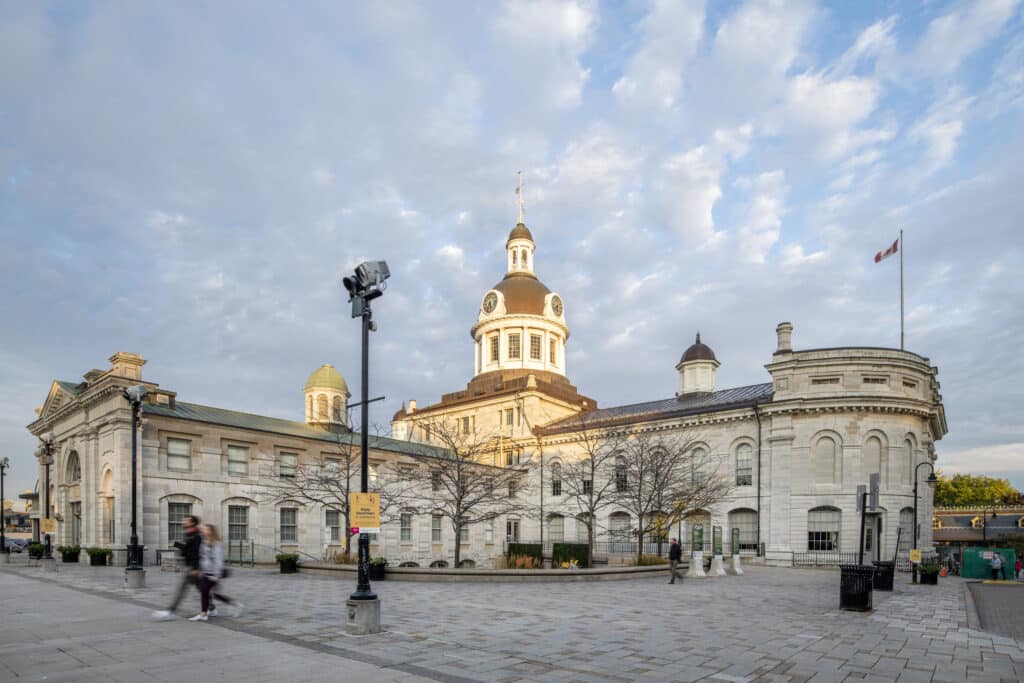
Neoclassical Architecture
The neoclassical style emerged in the late 18th century as a response to the rococo style. It was based on classical principles from ancient Greece and Rome and featured simple, symmetrical designs. Neoclassical architecture was popular in Europe and America, and some of the most famous examples are the United States Capitol Building and the British Museum. Neoclassical architecture is often characterized by its use of columns, pediments, and arches.
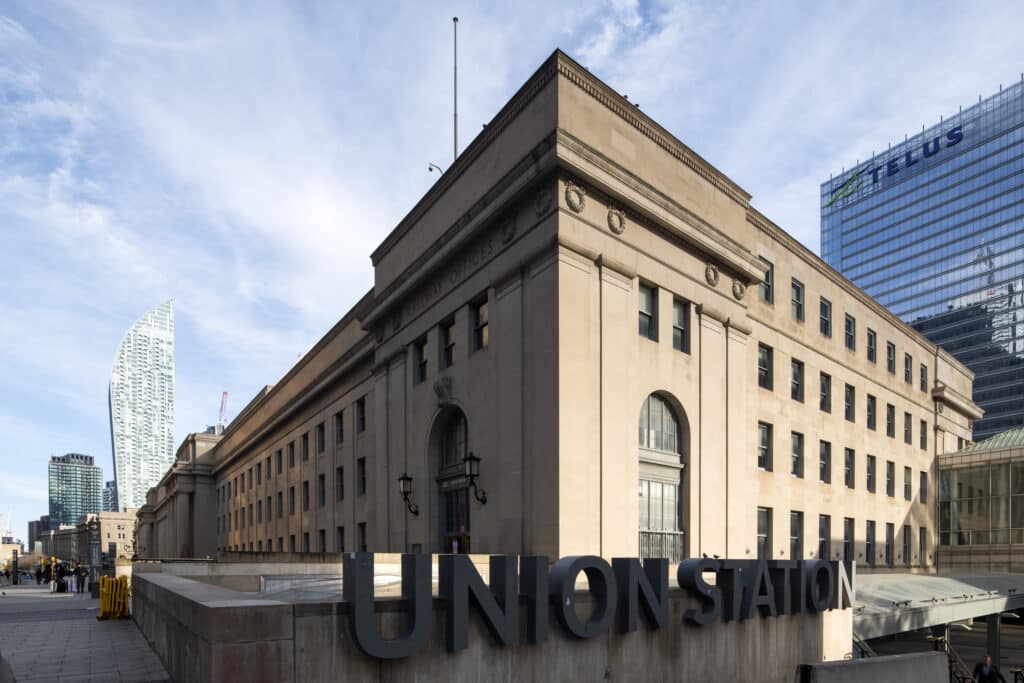
Beaux-Arts Architecture
The Beaux-Arts style was a popular architectural style in the late 19th and early 20th centuries. This style is characterized by its use of symmetrical designs and classical details.
Some of the most famous examples of Beaux-Arts architecture include the New York Public Library and the Grand Central Terminal. These buildings are both known for their grandiose designs and classical details.
Renaissance Architecture
The renaissance style emerged in Italy during the 15th century and was based on the principles of classical antiquity. This style spread throughout Europe over the next few centuries, influencing everything from art and literature to politics and philosophy.
One of the most famous examples of renaissance architecture is the Palazzo Medici in Florence. This palace was built in the early 15th century by Michelozzo, and its design is based on classical Roman models. The palace has a large central courtyard, with two wings on either side. It also features a number of impressive frescoes and sculptures by some of the most famous artists of the period, including Michelangelo and Leonardo da Vinci.

Related: Our Ultimate Guide to Architectural Photography
Gothic Architecture
The gothic style originated in 12th-century France and was characterized by its ornate, dramatic designs. This style became increasingly popular in Europe during the medieval period, reaching its peak in the 14th and 15th centuries.
Gothic architecture was often used to create grand, imposing cathedrals and churches. The style is characterized by its pointed arches, ribbed vaults, and intricate designs. Gothic architecture was intended to be dramatic and awe-inspiring, and many of these buildings remain some of the most iconic structures in the world.
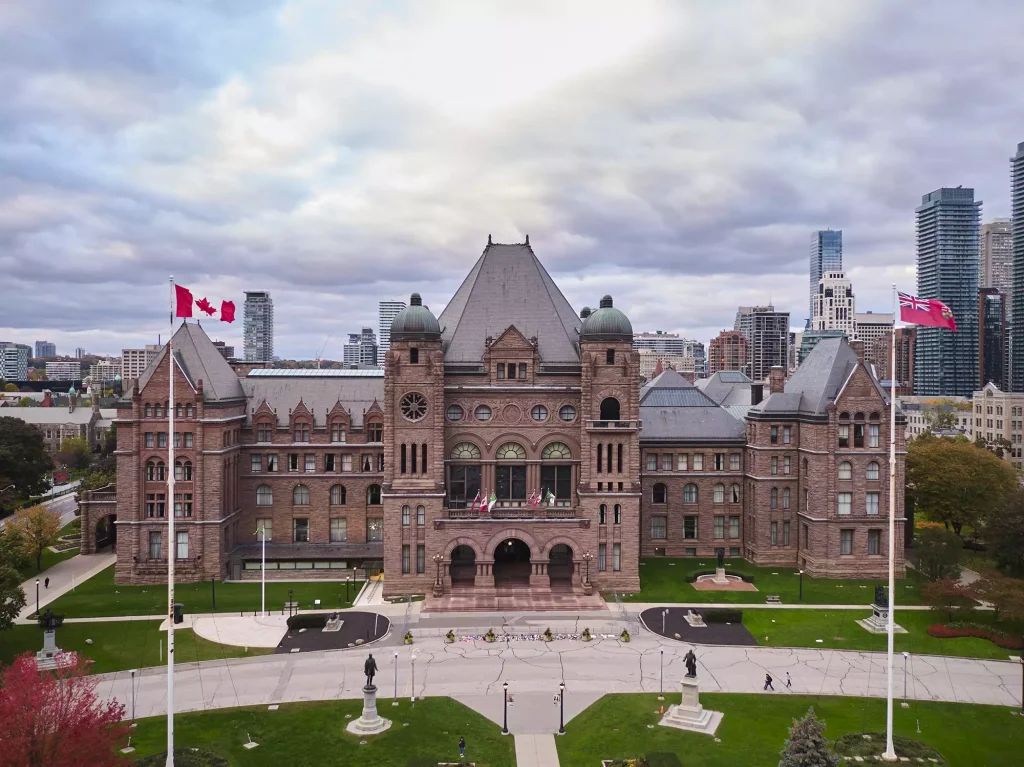
Romanesque Architecture
The Romanesque style emerged in 10th-century Europe and was characterized by its heavy, solid designs. This style was commonly used for religious architecture, such as churches and abbeys, but also became popular for secular buildings such as castles and fortresses.
One of the most famous examples of Romanesque architecture is the Notre Dame Cathedral in Paris. This cathedral was built in the 12th century and is known for its imposing facade, ribbed vaults, and massive bell towers. Other notable Romanesque cathedrals include the Westminster Abbey in London and the Cologne Cathedral in Germany.
Classical Architecture
The classical style originated in Greece and Rome in the 6th century BC and was characterized by its simple but elegant designs. This style became increasingly popular in Europe during the 18th and 19th centuries, culminating in the construction of many iconic buildings such as the Parthenon and the Colosseum.
Art Nouveau Architecture
The art nouveau style originated in Belgium in the late 19th century and was characterized by its use of organic, flowing lines. This style quickly spread throughout Europe and the Americas, where it became popular in both public and private architecture.
Some notable examples of art nouveau architecture include the Gare du Nord railway station in Paris, the Glasgow School of Art, and the American Museum of Natural History in New York City. In addition to its aesthetic appeal, art nouveau architecture often features practical elements such as large windows and open spaces that allow for natural light and ventilation..
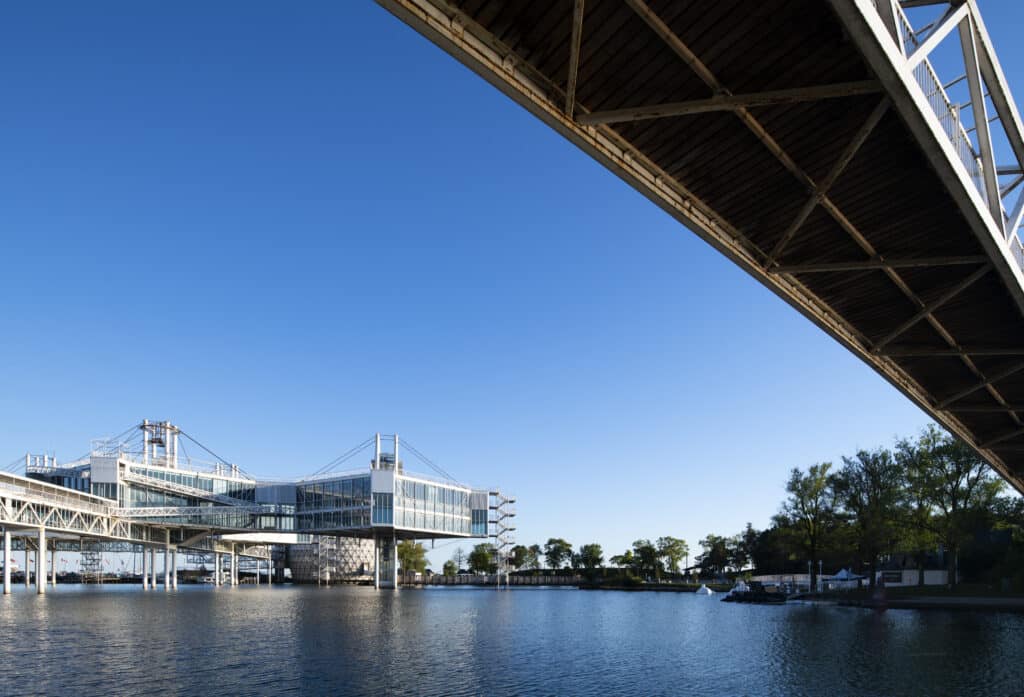
Bauhaus Architecture
The Bauhaus style originated in Germany in the early 20th century and was characterized by its simple, functional designs. This style had a profound impact on modern architecture and modern design and continues to be influential even today.
Arts and Crafts Movement
The arts and crafts movement was an international movement that began in the mid 19th century. It was characterized by a return to traditional craftsmanship and the use of natural, sustainable materials.
This movement had a significant impact on architecture and design, and many of its principles are still evident in contemporary architecture.
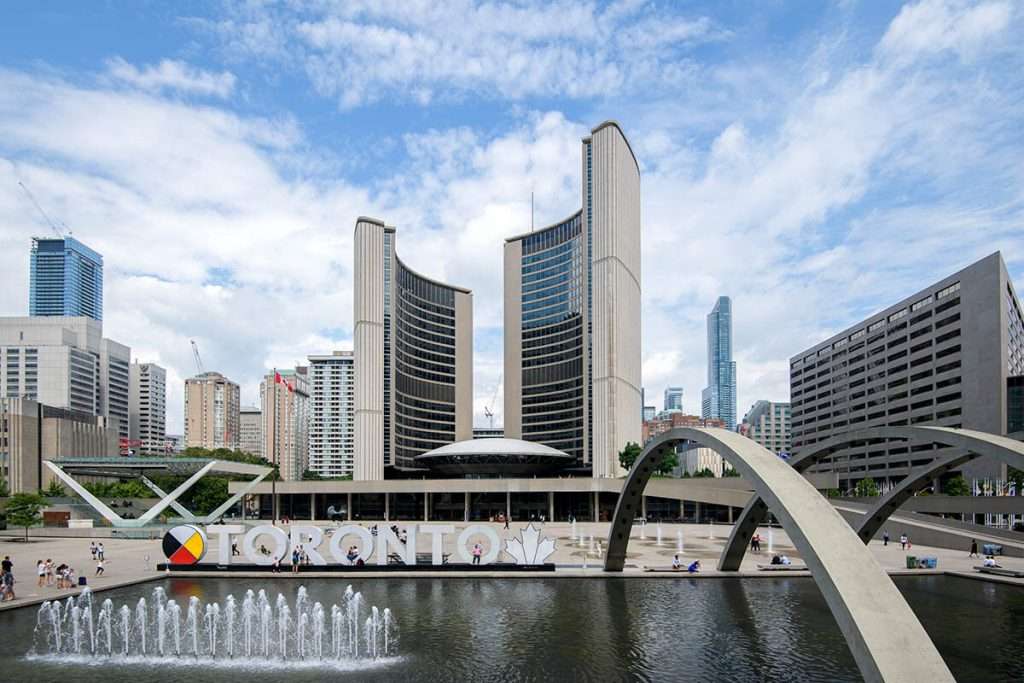
International Architecture
The international style originated in Europe in the 1920s and was characterized by its use of clean, geometric lines. This style quickly spread throughout the world and became the dominant mode of architectural design for several decades.
The international style was not just a trend in architecture, but a way of thinking that emphasized simplicity and functionality.
Many of the most famous examples of international-style architecture are found in the United States. Some of the most iconic buildings of this era include the Seagram Building in New York City and the Farnsworth House in Plano, Illinois.
Colonial Architecture
The colonial style originated in the Americas during the 16th and 17th centuries and was characterized by its use of local materials and simple, functional designs. This style was heavily influenced by European architecture, but it also incorporated elements from native American and African cultures.
The colonial style continued to be popular in the Americas even after the independence of the United States and the rise of more modern styles. Many of the most iconic buildings in America, were built in the colonial style.

Postmodern Architecture
The postmodern style emerged in the 1960s and was characterized by its rejection of traditional design principles. This style became increasingly popular in the following decades, particularly in Europe and America.
Postmodern architecture is often characterized by its use of unconventional forms and materials, as well as its rejection of traditional design principles.

Brutalist Architecture
The brutalist style originated in the 1950s and was characterized by its heavy, concrete designs. This style became popular in the 1960s and 1970s, particularly for public architecture such as government buildings and housing projects.
Elizabethan Architecture
The Elizabethan style is an English architectural style that dates back to the reign of Queen Elizabeth I in the late 16th century. This style is characterized by its use of traditional materials such as stone and brick, as well as its ornate, decorative designs.
Many of the most iconic buildings in England were built during the Elizabethan era. This style continued to be popular in England throughout the 17th century and even influenced the architecture of the American colonies.

Gothic Revival Architecture
The Gothic revival style originated in England in the late 18th century and was characterized by its return to the use of traditional Gothic styles. This style became increasingly popular in the 19th century, particularly in Europe and America.
Gothic revival architecture is often characterized by its use of pointed arches, ribbed vaults, and flying buttresses. This style became popular in the 19th century, particularly for churches and public buildings. Some of the most famous examples of Gothic revival architecture include the Parliament of Canada.
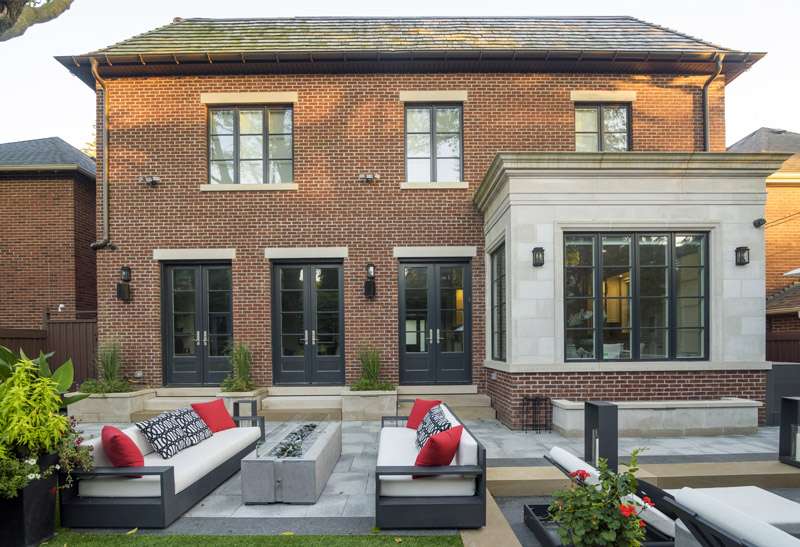
Georgian Architecture
The Georgian style is an English architectural style that dates back to the reign of King George III in the late 18th century. This style is characterized by its use of classical elements such as columns and pediments, as well as its symmetrical designs.
Deconstructivist Architecture
The deconstructivist style emerged in the 1980s and was characterized by its irregular, disjointed designs. This style became increasingly popular in the 1990s and 2000s, particularly in America and Europe.
While there are many different elements that can be used to create a deconstructivist design, some of the most common features include sharp angles, unexpected shapes, and an overall chaotic appearance. This style is often used to create visually striking buildings that stand out from their surroundings.
Due to its unique look, deconstructivist architecture can be divisive – some people love it while others find it jarring or ugly. However, it is hard to deny that this style is sure to get noticed.
High-Tech Architecture
The high-tech style originated in Britain in the 1960s and was characterized by its use of modern, industrial materials. This style became increasingly popular in the following decades, particularly for public architecture such as airports and office buildings.
High-tech architecture is known for its use of innovative materials and for its sleek, modern look. Some of the most common features of high-tech architecture include large expanses of glass, metal beams and panels, and exposed mechanical systems. Many high-tech buildings are also designed to be energy-efficient, using features such as solar panels, natural materials, and green roofs.
High-tech architecture has become increasingly popular in recent years, with many new buildings being designed in this style.
Victorian Architecture
The Victorian style emerged in Britain during the reign of Queen Victoria (1837-1901) and was characterized by its ornate, dramatic designs. This style quickly spread to other parts of the world, where it became popular for both public and private architecture.
Some notable examples of Victorian architecture include Royal Albert Hall in England and the numerous victorian houses across the world.
Tudor Architecture
The Tudor style originated in England during the reign of the Tudor dynasty (1485-1603) and was characterized by its half-timbered designs. This style quickly spread to other parts of Europe, where it became popular in both public and private architecture.
The Tudor style was often used in the construction of manor houses and other large, public buildings. Many of these structures featured prominent towers and turrets, as well as intricate carvings and designs.
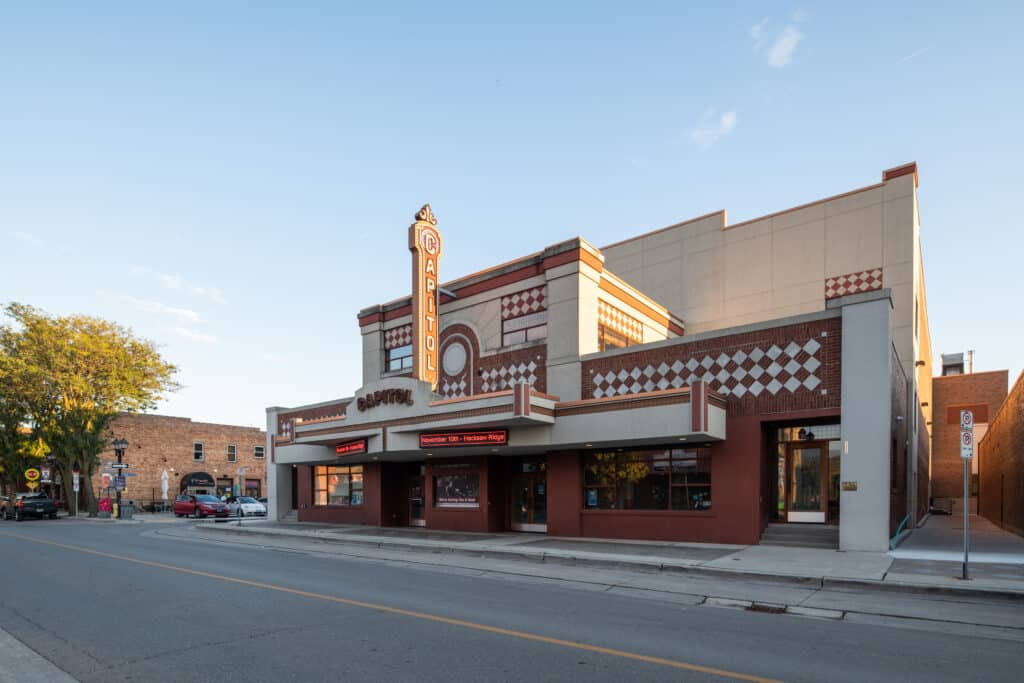
Art Deco Architecture
The art deco style originated in France in the 1920s and was characterized by its use of geometric, streamlined designs. This style quickly spread throughout the world and became popular in both public and private architecture.
Art deco architecture was often used in public buildings, such as banks and government offices. However, it was also popular in private homes, where homeowners could showcase their unique style. Some of the most famous art deco buildings are the Chrysler Building in New York City and the Empire State Building.

Modern Architecture
The modern style emerged in the early 20th century and was characterized by its use of simple, clean lines. This style quickly became the dominant mode of architectural design and continues to be influential even today.
Contemporary Architecture
The contemporary style is a catch-all term that refers to any number of current architectural styles. This includes everything from traditional designs that have been updated for the 21st century to completely new and innovative styles.
One of the hallmarks of contemporary architecture is its use of new and innovative materials. These can include everything from metal and glass to more experimental materials like plastic or foam. Contemporary architects also often favor unusual shapes and angles, creating buildings that are both visually striking and functional.
Architecture in the Industrial Revolution
The industrial revolution led to a dramatic increase in the use of new and innovative materials in architecture. This includes everything from metal and glass to more experimental materials like plastic or foam. Industrial revolution architects also often favored unusual shapes and angles, creating buildings that are both visually striking and functional.
What is Your Favorite Architectural Style?
Architecture is a reflection of the times in which it was created, and as such, provides an interesting glimpse into the history and culture of its era. Each style of architecture has its own unique characteristics, which can be explored in more detail through photos, drawings, and even building tours.
Which style or styles do you find most appealing? Why?

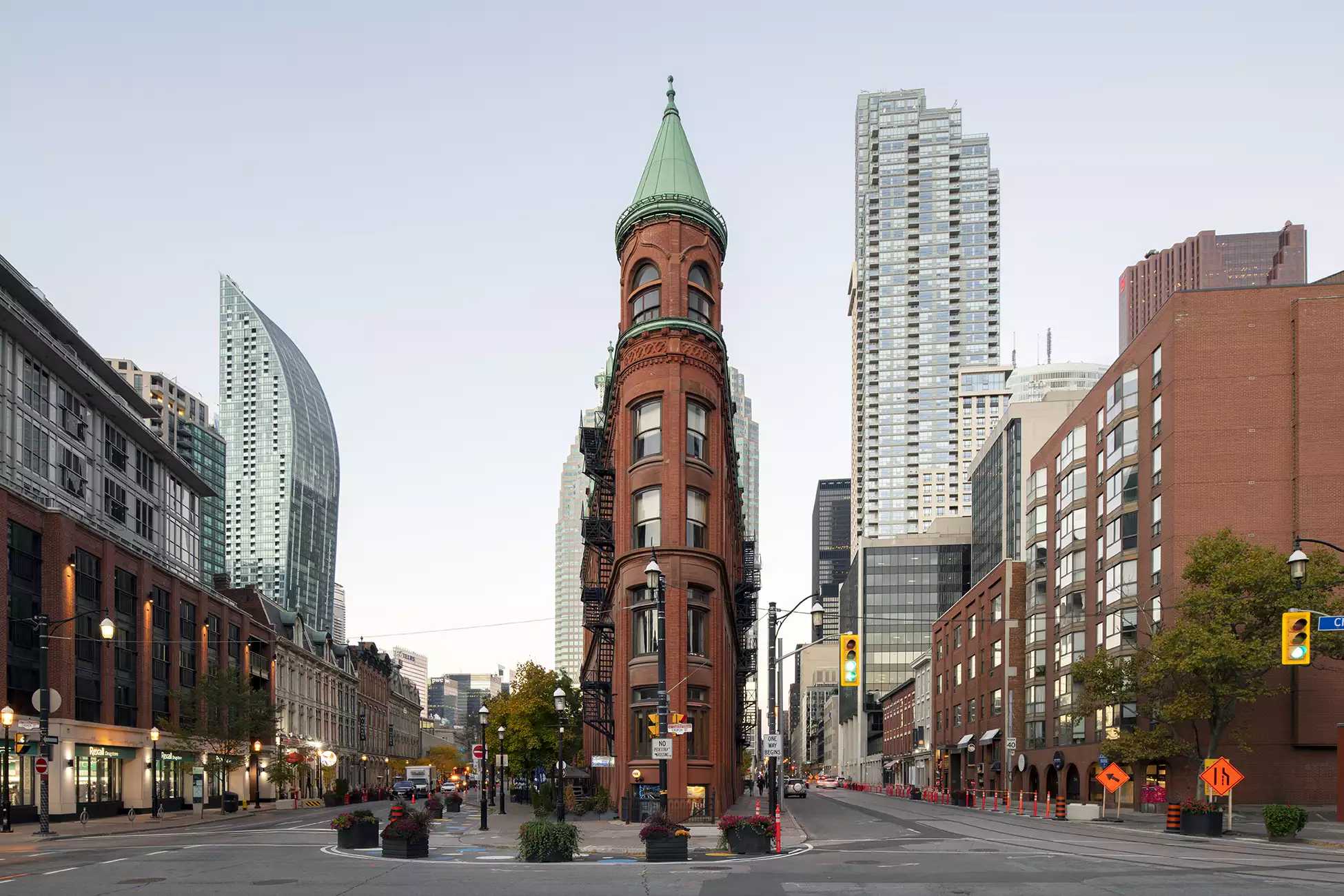






0 Comments